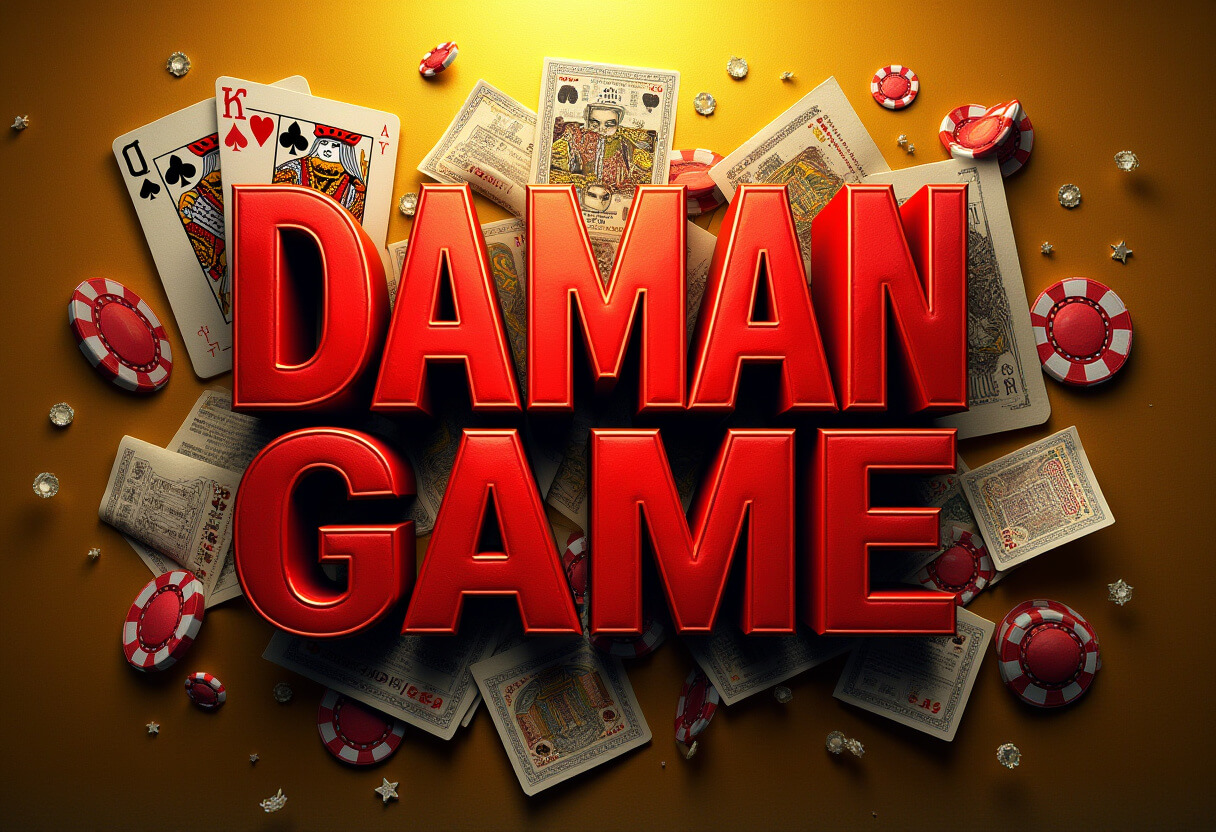How Leaderboards Affect Player Self-Image and Risk Appetite

Leaderboards have become an integral part of modern digital gaming, from casual mobile titles to high-stakes online competitions. Their purpose is simple in theory: rank players based on performance, reward success, and inspire competition. Yet, beneath the surface of names and numbers lies a more complex psychological interaction. Leaderboards don’t just reflect how well players perform; they actively shape how players see themselves—and, just as significantly, how much risk they’re willing to take.
Understanding how leaderboards influence self-image and risk appetite is essential for both designers and players. When constructed carefully, they motivate growth and persistence. When poorly designed or misunderstood, they can foster toxic competition, inflated egos, or dangerous betting behavior. The leaderboard is not just a scoreboard; it’s a mirror—and sometimes a magnifying glass—of identity in the gaming world.
The Reflective Mirror: Self-Image in Competitive Spaces
Self-image is the mental picture players form of themselves—how skilled they believe they are, what kind of gamer they see themselves as, and where they think they belong in the hierarchy of performance. Leaderboards offer constant feedback loops that reinforce or challenge this image. A high rank can confirm a sense of superiority or progress. A low rank can provoke feelings of inadequacy or pressure.
Players at the top often feel validated. Their identity as a “top-tier player” becomes central to their sense of competence. This can be empowering, but it also creates anxiety—pressure to maintain status and fear of slipping. For mid-tier players, the leaderboard becomes both an aspiration and a metric of stagnation. Climbing one or two spots feels rewarding, yet seeing the same few names above them can reinforce a ceiling. For players at the bottom, leaderboards can either spark motivation or deepen disengagement, depending on how they interpret their standing.
These shifts in self-perception are not static. They evolve with a player’s mood, social circle, or recent results. A win streak may inspire confidence and inflate self-esteem. A string of losses may reduce perceived ability—even when the actual performance hasn’t changed much. Leaderboards make these fluctuations visible, which intensifies emotional responses.
Risk Appetite: The Cost of Climbing
Once players become emotionally invested in their position on a leaderboard, their appetite for risk often changes. Those seeking rapid advancement may adopt high-risk strategies, placing larger bets, making more aggressive moves, or trying untested tactics. The belief that bold plays yield faster gains—especially in time-limited or dynamic leaderboards—can override long-term planning or optimal strategy.
Conversely, players close to a milestone may become risk-averse, avoiding moves that could jeopardize their position. They might retreat into conservative gameplay, hoping to “coast” into a higher rank. In both cases, the leaderboard transforms from a passive metric to an active influence on risk-taking.
Interestingly, players who have recently dropped in rank are among the most prone to risky behavior. This emotional chasing—akin to gamblers attempting to recover losses—is driven less by logic and more by urgency. The leaderboard here acts as a scoreboard of shame, demanding redemption through risk.
Social Comparison and Identity Performance
Leaderboards are inherently social. Even when names are anonymized, players understand that their rank exists within a wider community. This activates powerful social comparison instincts: how am I doing compared to others?
Upward comparisons—seeing someone ranked higher—can trigger admiration or envy. They often motivate improvement but can also lead to feelings of inferiority. Downward comparisons—seeing someone ranked lower—offer momentary satisfaction but may cause complacency. Over time, these comparisons crystallize into a performance identity: players begin to define themselves by their relative place on the board.
In social gaming environments, leaderboards become performative. Players don’t just want to win—they want to be seen winning. Screenshots, live streams, and group chats amplify leaderboard status into social currency. This further raises the stakes, with public image now intertwined with digital rank.
Leaderboard Design: The Fine Line Between Motivation and Manipulation
The architecture of a leaderboard profoundly affects its psychological impact. Fixed boards with long-term rankings promote sustained effort but risk discouraging newcomers. Rotating or weekly leaderboards offer fresh starts, encouraging re-engagement and experimentation. Segmenting leaderboards by tier, region, or experience level can reduce intimidation and foster fairer comparisons.
However, unethical or predatory platforms like daman game login may exploit leaderboard-driven psychology. For example, displaying only top winners in gambling-style games can distort perception, creating a false belief in frequent big wins. Highlighting aggressive risk-takers can normalize dangerous behavior, especially when paired with celebratory visual cues.
Balanced designs include transparency about odds, celebrate effort as well as outcomes, and support inclusive competition. They reward players for consistency and improvement, not just spikes of luck or reckless bravado.
Conclusion: Playing With Reflections
Leaderboards are more than digital lists. They’re dynamic psychological landscapes where players negotiate self-worth, social status, and the temptation of risk. They speak to the core of human behavior: our need to measure, compare, aspire, and validate. In gaming, as in life, those comparisons can build resilience or erode it—depending on how thoughtfully the system is built and how consciously players engage with it.
Understanding this dual nature allows us to appreciate leaderboards as powerful tools. When approached with awareness, they can fuel motivation, deepen mastery, and foster healthy competition. But when left unchecked, they can distort self-image and drive risky behavior, turning the game into a proving ground of insecurity. The real win comes not just from climbing the board, but from mastering the emotional terrain that lies beneath it.
